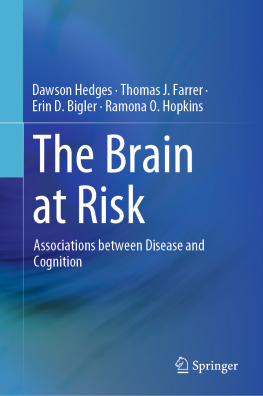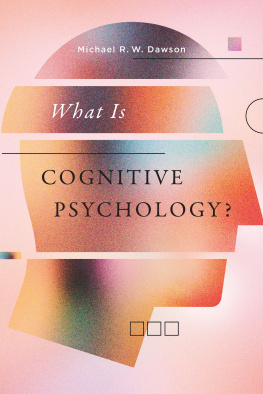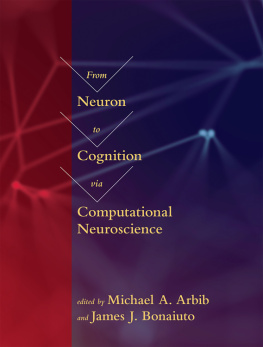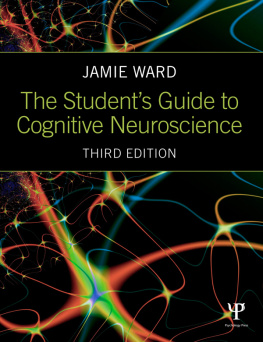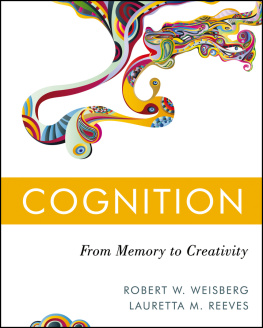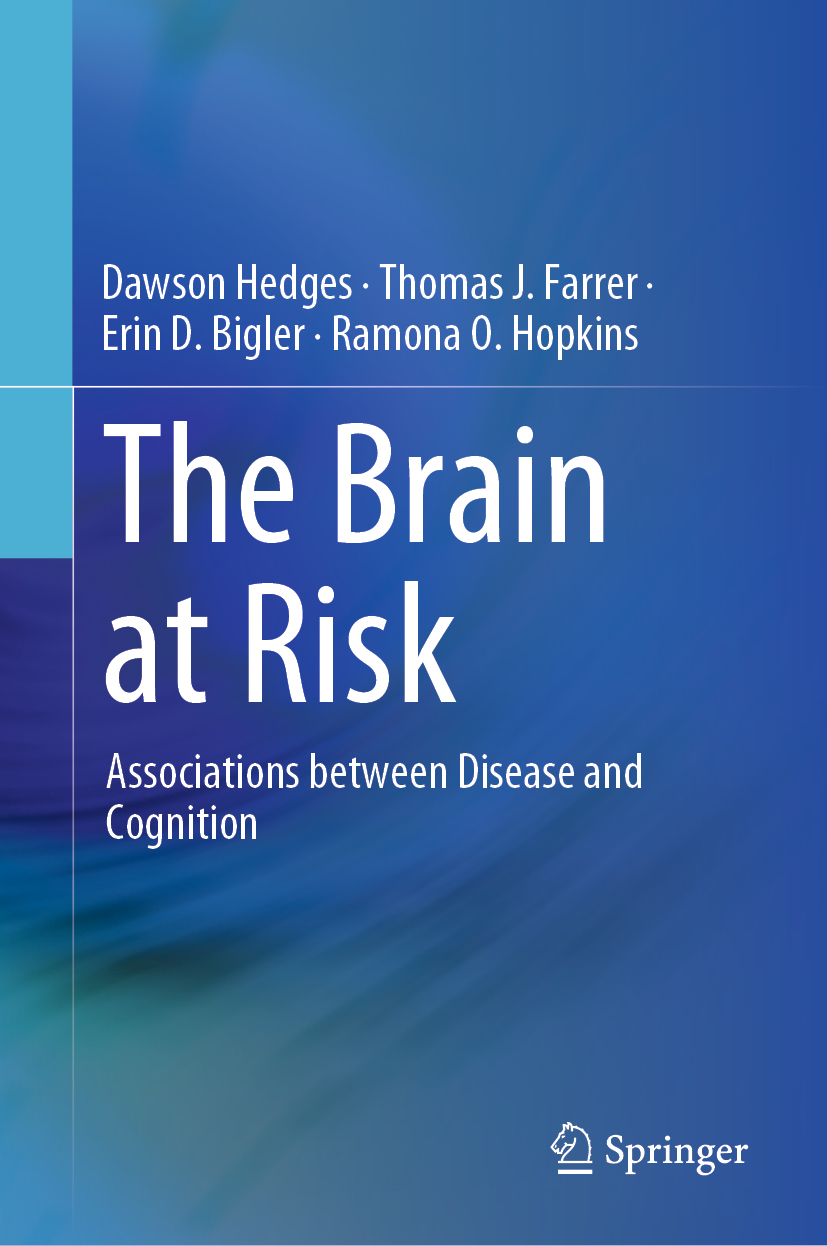MD, is a professor of psychology at the Department of Psychology and a faculty member in the neuroscience center at Brigham Young University in Provo, Utah. He studies cognitive epidemiology. He has co-authored numerous peer-reviewed journal articles.
Thomas J. Farrer,
Ph.D., is currently an assistant professor in the Duke University School of Medicine. His primary work is as a clinician in the Duke Clinical Neuropsychology Service. He obtained his Ph.D. in clinical psychology from Brigham Young University in 2015, with a clinical neuropsychology internship completed at the Alpert Medical School of Brown University (2015) and clinical neuropsychology fellowship at Duke University Medical Center (2017). Dr. Farrers clinical and research interests are in traumatic brain injury, dementia, and neuroimaging.
Erin D. Bigler,
Ph.D., is a professor emeritus of psychology and neuroscience at Brigham Young University. He is well known as a pioneer of functional neuroimaging applied to clinical neuropsychology, with a focus on traumatic brain injury and behavioral outcomes in adults in children. He has authored or co-authored numerous peer-reviewed journal articles in various areas of neuropsychology such as brain injury, autism, and dementia.
Ramona O. Hopkins,
Ph.D., is a professor of psychology and neuroscience at Brigham Young University and a clinical research investigator in critical care medicine at Intermountain Medical Center. She is a founding member of the Center for Humanizing Critical Care at Intermountain Health Care. Her research focuses on understanding patient and family outcomes after critical illness including neuroimaging, cognitive and psychological outcomes, and their effect on functional outcomes and quality of life. Dr. Hopkins has authored or co-authored numerous peer-reviewed journal articles and chapters on memory, outcomes after hypoxia, and outcomes after critical illness.
Springer Nature Switzerland AG 2019
D. Hedges et al. The Brain at Risk https://doi.org/10.1007/978-3-030-14260-5_1
1. Introduction: The Brain at Risk: Associations Between Disease and Cognition
Dawson Hedges
(1)
Department of Psychology, Brigham Young University, Provo, UT, USA
(2)
Duke University Medical Center, Durham, NC, USA
Dawson Hedges (Corresponding author)
Email:
Abstract
As humans, we take all of the functions of the brain for grantedthis magnificent organ regulates all aspects of cognitive, behavioral, sensory, and motor experiences but seems to run effortlessly. However, given its structural and physiological complexity, there are many ways that something may go wrong. It all begins with conception and a phenomenal, rapid expansion of cellular development that emerges from the single fertilized cell that culminates in over 300 billion cells organized to guide and direct all aspects of human functioning, with the brain emerging as a result of experience-dependent interaction between cellular functioning and the environment. But at each stage of development and life, the brain is at risk for a host of adverse events that can result in death or disability . This introduction reviews the major risk factors for injury and disease over the life span with an emphasis on neurobehavioral, neurocognitive, and neuro-emotional functioning. Each chapter will review the key elements needed to understand the risk factors for adverse effects on brain integrity along with ways to potentially mitigate against or minimize such effects. The latest in research findings for each condition will be reviewed.
Keywords
The brain at risk Affective disorder Anxiety disorders Schizophrenia Attention-deficit Hyperactivity disorder Anorexia nervosa and bulimia nervosa Cerebrovascular diseases Endocrine diseases Chronic pain Cognitive sequela of sepsis Postoperative cognitive decline Multiple sclerosis Traumatic brain injury Drug use Obstructive sleep apnea Carbon monoxide poisoning Pulmonary disease
The brain is the master organ of body and mind as it controls thoughts, experiences, motivation, feelings, movement, cognition, pain, respiration, and heart rate. Equally, the brain is the master organ of health, beginning with homeostasis. Derived from ancient Greek, homeostasis literally means standing similar or the same, a biological balancing act critical for maintaining metabolic equilibrium and stability between body systems. Balancing brain and bodily function imply coordination between both neural and anatomical systems through functional neural networks. Thus, understanding brain health, disease, risks, and disorders requires a fundamental understanding of neural systems and their mode of communication. Much of the brains function involves maintaining a healthy balance between systems, much of which occurs outside of conscious awareness and involuntarily. For example, if you are reading this while sitting down, the moment you stand, a complex orchestration of shifting blood flow, heart rate, and respiration automatically integrates with neural systems that control the motor function responsible for standing and walking. The brain knows and even anticipates action to maintain homeostasis or equilibrium, yet most of this simply happens with little to no conscious control. Systems in balance typically mean healthy systems. Oppositely, a single weak link within one aspect of any integrated system can have profound disruptive effects for all aspects of a system, including overall functioning.

